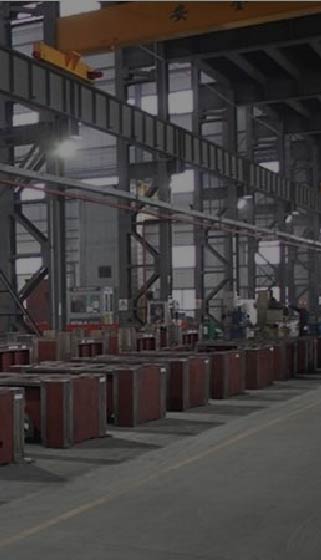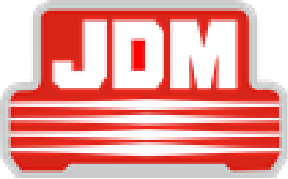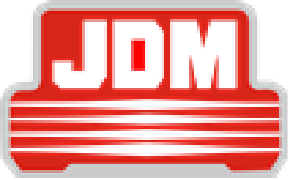







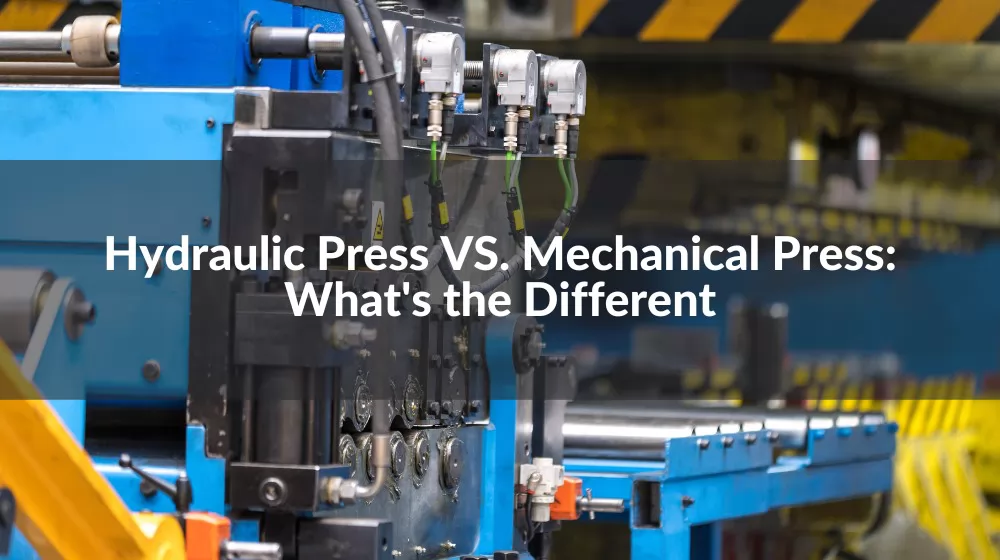
This comprehensive guide delves into the heart of what makes these machines the backbone of modern manufacturing. We explore the nuances of hydraulic and mechanical presses, their unique functionalities, and how they cater to diverse industrial needs. Whether you're a seasoned manufacturer or new to the industry, this article will illuminate the critical aspects of these powerful machines, helping you make informed decisions for your manufacturing requirements.
When it comes to shaping, forming, and molding materials, press machines are indispensable in the manufacturing industry. Their primary function is to apply pressure to a workpiece to perform various tasks, such as bending, forming, and cutting. Among the various types of press machines available, hydraulic presses and mechanical presses stand out due to their distinct mechanisms and applications.
A hydraulic press operates using hydraulic cylinders to generate a compressive force, which distinguishes it from the mechanical press that relies on a mechanical flywheel to exert force. Both types of presses are essential in different contexts and applications within the 2B manufacturing sector. Understanding their differences, advantages, and limitations is crucial for manufacturers when it comes to selecting the right type of press for specific tasks.
This chapter provides an introductory overview of these machines, setting the stage for a deeper comparison and discussion in the subsequent sections. We will explore how each type of press operates and delve into their key characteristics. By the end of this section, readers will have a foundational understanding of both hydraulic and mechanical presses, paving the way for a more detailed analysis of their functionalities and suitability for various manufacturing processes.
In the realm of modern manufacturing, press machines, particularly hydraulic and mechanical presses, play an instrumental role. Their importance cannot be overstated as they are central to numerous manufacturing processes. These machines are responsible for the mass production of a wide array of products, from automotive parts to electronic components and everyday consumer goods.
The versatility and efficiency of both hydraulic and mechanical presses make them invaluable assets. Hydraulic presses are known for their ability to apply consistent, controlled pressure, which is crucial for precision tasks and delicate materials. On the other hand, mechanical presses are prized for their speed and ability to perform high-volume production tasks quickly and efficiently.
The evolution of these press machines, equipped with advanced technology and automation, has significantly enhanced productivity and quality in manufacturing. They have enabled manufacturers to meet the growing demand for high-quality products, maintain competitiveness, and adapt to changing market needs. Furthermore, the integration of these presses into modern production lines has led to more sustainable manufacturing practices, as they optimize energy use and reduce waste.
This chapter underscores the pivotal role of hydraulic and mechanical presses in contemporary manufacturing landscapes. Their contribution not only lies in the production of goods but also in driving innovation and efficiency across various industries. As manufacturing continues to evolve, the significance of these presses is only set to increase, highlighting their status as keystones of industrial production.
A mechanical press is a type of machine tool fundamental in the manufacturing industry, designed to shape or cut metal by applying mechanical force. The working principle of a mechanical press revolves around converting rotational motion into linear motion. This conversion is facilitated by a motor-powered flywheel, which stores the rotational energy and transfers it to the press ram through a drive mechanism.
The core function of a mechanical press lies in its ability to exert force upon a workpiece. It achieves this through the use of a punch and die mechanism. The punch delivers the force to the workpiece placed over the die, thereby shaping or cutting the material as per the requirements. The power and speed of the press depend on the size of the flywheel and the motor's capacity, making it highly effective for high-speed, high-volume production tasks.
Understanding the key components of a mechanical press is crucial for comprehending its functionality and capabilities. The major components include:
Each component plays a pivotal role in the press's operation, ensuring precision and efficiency. The combination of these components allows the mechanical press to perform a range of tasks, from simple stamping to complex forming operations, making it a versatile tool in the manufacturing industry.
Hydraulic presses operate on the principles of hydraulic engineering, utilizing fluid pressure to exert force. The fundamental mechanism involves a hydraulic fluid, typically oil, being pressurized in a cylinder, which in turn generates force. This force is then applied to a workpiece, enabling the press to perform various operations such as molding, forging, and punching.
The advantage of a hydraulic system lies in its ability to deliver consistent and controllable force, making it ideal for applications requiring precision and control. Unlike mechanical presses, where force is dependent on speed and momentum, hydraulic presses offer the unique advantage of full force application at any point in their stroke. This characteristic makes them particularly suitable for operations requiring deep forming and intricate shapes.
Hydraulic presses consist of several key components that differentiate them from their mechanical counterparts:
Each of these components plays a vital role in the functionality and efficiency of a hydraulic press. Their synergy allows the machine to handle a variety of tasks with precision, making hydraulic presses a valuable asset in many manufacturing sectors.
Mechanical presses come in various types, each tailored to specific manufacturing needs. The most common types include:
Each type of mechanical press offers distinct advantages, making them suited for different kinds of tasks in the manufacturing process. Their selection is crucial and depends on the specific requirements of the production task, such as force, speed, accuracy, and the nature of the workpiece.
Mechanical presses find extensive use across various industries due to their versatility and efficiency. Key industries and applications include:
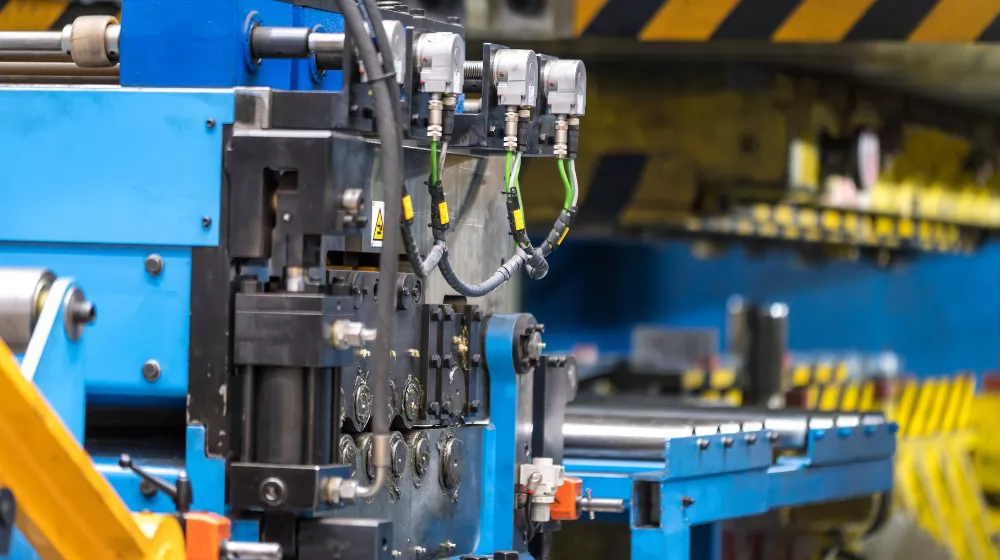
Hydraulic presses are designed to cater to a wide range of industrial needs and come in various models, each with specific features and capabilities. The most prominent types include:
These various hydraulic press models are designed to address different industrial challenges, offering solutions that range from detailed, delicate work to massive, high-strength applications.
Hydraulic presses are integral in many industries, thanks to their precision and power. Some of the key industrial applications include:
The ability of hydraulic presses to provide consistent pressure and control makes them invaluable in these industries. Their adaptability to a range of materials and complex tasks underlines their significance in modern manufacturing processes.
In terms of power output, mechanical presses stand out with their capability to achieve higher stroke speeds, making them ideal for tasks that require rapid, repetitive actions, such as mass-producing metal parts. This high-speed operation is due to the mechanical linkage and flywheel design, which efficiently converts rotational energy into linear force. The power output in mechanical presses is generally consistent and can be easily scaled up, depending on the size of the flywheel and motor.
Hydraulic presses, in contrast, excel in delivering a more controlled and sustained force, which is crucial in applications requiring precision over speed. They are particularly effective in tasks that involve molding, shaping, and pressing of materials that require a gradual application of force. The power of a hydraulic press can be finely tuned and adjusted, offering a level of flexibility in operations where variable force is required. This makes them indispensable in operations like metal forming, where the quality of the finished product is highly dependent on precise pressure control.
Durability is a hallmark of both mechanical and hydraulic presses, but their maintenance needs differ significantly. Mechanical presses, built with fewer moving parts and without the need for a fluid system, generally have a lower maintenance burden. However, their components, like gears and bearings, require regular inspection and lubrication to prevent wear and tear. Over time, mechanical parts can misalign, necessitating recalibration to maintain accuracy.
Hydraulic presses, with their fluid dynamics, demand more attentive maintenance. The hydraulic fluid needs regular monitoring and replacement to ensure it remains free of contaminants, which can affect the system's performance and lead to costly repairs. Seals, valves, and hoses in the hydraulic system are subject to wear and require periodic checks. While this means higher maintenance requirements, the design of hydraulic presses often allows for easier access to components, simplifying the maintenance process.
The cost of acquiring and operating mechanical and hydraulic presses varies. Mechanical presses usually have a lower upfront cost compared to hydraulic presses. However, the long-term operating costs, including maintenance, energy consumption, and potential downtime, can add up, affecting the total cost of ownership. Mechanical presses, particularly those used in high-volume production, may incur significant costs in terms of energy consumption and maintenance over time.
Hydraulic presses, while more expensive upfront due to their complex hydraulic systems, can be more cost-effective in the long run, especially in applications requiring precision and control where mechanical presses might not be suitable. The energy costs for hydraulic presses can be higher, but recent technological advancements, like energy-efficient pumps and better system designs, are mitigating these expenses. Moreover, the versatility of hydraulic presses in handling a variety of tasks can also lead to cost savings, as one press can often be adapted for multiple applications.
Energy efficiency is a critical factor in the modern industrial landscape, and here mechanical presses often have the advantage. They typically consume less energy per stroke compared to hydraulic presses, as they do not need to maintain fluid pressure. This efficiency can be particularly significant in high-volume production environments where presses are operating continuously.
The environmental impact of hydraulic presses, particularly concerning hydraulic fluid management, is an important consideration. Hydraulic fluid leaks can pose environmental hazards and require careful handling and disposal. Advances in hydraulic press design are addressing these concerns with more environmentally friendly fluids and improved sealing technologies. Additionally, the improved energy efficiency of newer hydraulic press models is reducing their environmental footprint.
Precision and control are areas where hydraulic presses shine. The ability to finely tune the pressure and control the ram movement allows for precise operations, especially in tasks that involve complex shapes or require a delicate touch. This level of control is essential in industries like aerospace and medical device manufacturing, where precision is paramount.
While mechanical presses are precise in their own right, their control is more dependent on the speed and motion of the flywheel, which can limit their flexibility in applications requiring varied force throughout the stroke. The precision of a mechanical press is more about consistency in high-speed operations, making them ideal for tasks like stamping and cutting where each piece needs to be identical.
When it comes to speed and overall productivity, mechanical presses typically have the upper hand. Their design allows for rapid, continuous operation, making them well-suited for large-scale production runs where time is a critical factor. The speed of a mechanical press directly translates to higher productivity, especially in industries like automotive and electronics manufacturing, where high volumes are the norm.
Hydraulic presses, while generally slower, excel in tasks that require a sustained application of force or precision. Their slower speed is not a drawback in applications like metal forming or composites manufacturing, where the quality of the product is more important than the speed of production. In these contexts, the hydraulic press’s ability to maintain consistent pressure and control over the entire stroke makes it invaluable.
Mechanical presses are known to produce higher levels of noise and vibration compared to hydraulic presses. This is due to the mechanical action of the flywheel and the impact during the stamping or forming process. In environments where noise levels are a concern, this can be a significant disadvantage. The vibration produced by mechanical presses can also require additional measures for stabilization and can contribute to wear and tear over time.
Hydraulic presses operate more quietly, with the flow of hydraulic fluid providing a smoother and quieter operation. This reduced noise level is a significant advantage in settings where noise pollution is a concern, such as workshops located in urban areas or facilities where workers are in close proximity to the press. The lower vibration levels of hydraulic presses also contribute to a more stable operation and can reduce the stress on structural components, potentially extending the lifespan of the machine.
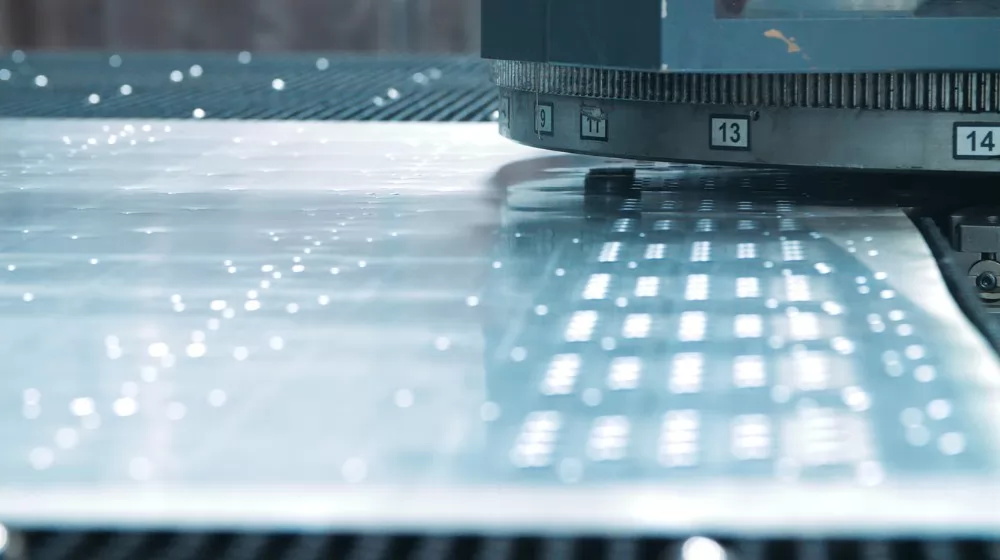
Selecting the appropriate press machine for your manufacturing needs involves considering a variety of factors. The nature of the work, the materials involved, production volume, and specific application requirements all play a crucial role in this decision. Here are key considerations:
Once you've identified the type of press that fits your needs, the next step is to find a reputable manufacturer. The quality of the press and the support provided by the manufacturer are critical to ensuring a successful investment. Here are some tips for selecting a press manufacturer:
In conclusion, the choice between hydraulic and mechanical presses hinges on specific manufacturing needs and priorities. Each type offers distinct advantages, whether it's the precision and control of hydraulic presses or the speed and efficiency of mechanical presses. For businesses looking to leverage top-tier mechanical press technology, look no further than JDM, China's leading manufacturer in this field. JDM's commitment to excellence, innovation, and customer satisfaction makes them the ideal partner for your manufacturing endeavors. Explore their range of high-quality mechanical presses and discover how JDM can revolutionize your production capabilities, propelling your business towards unmatched success.


